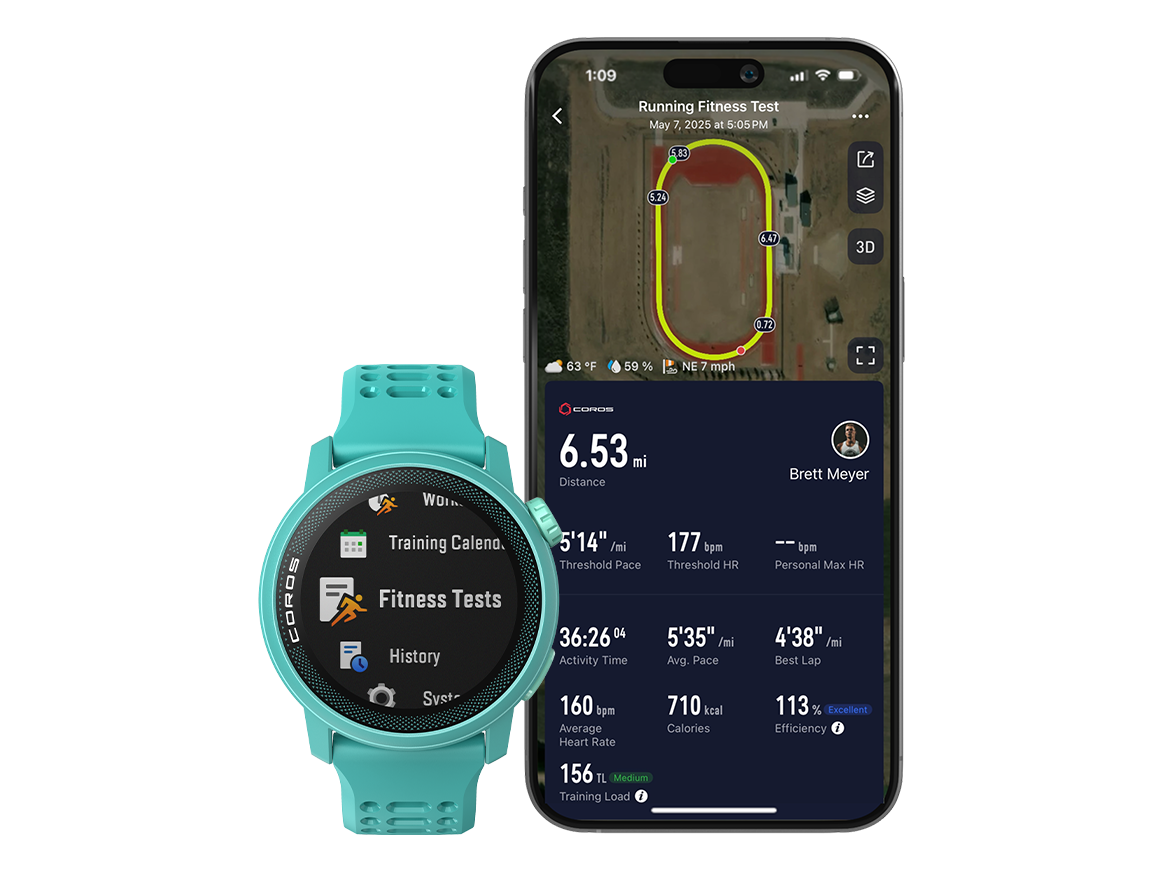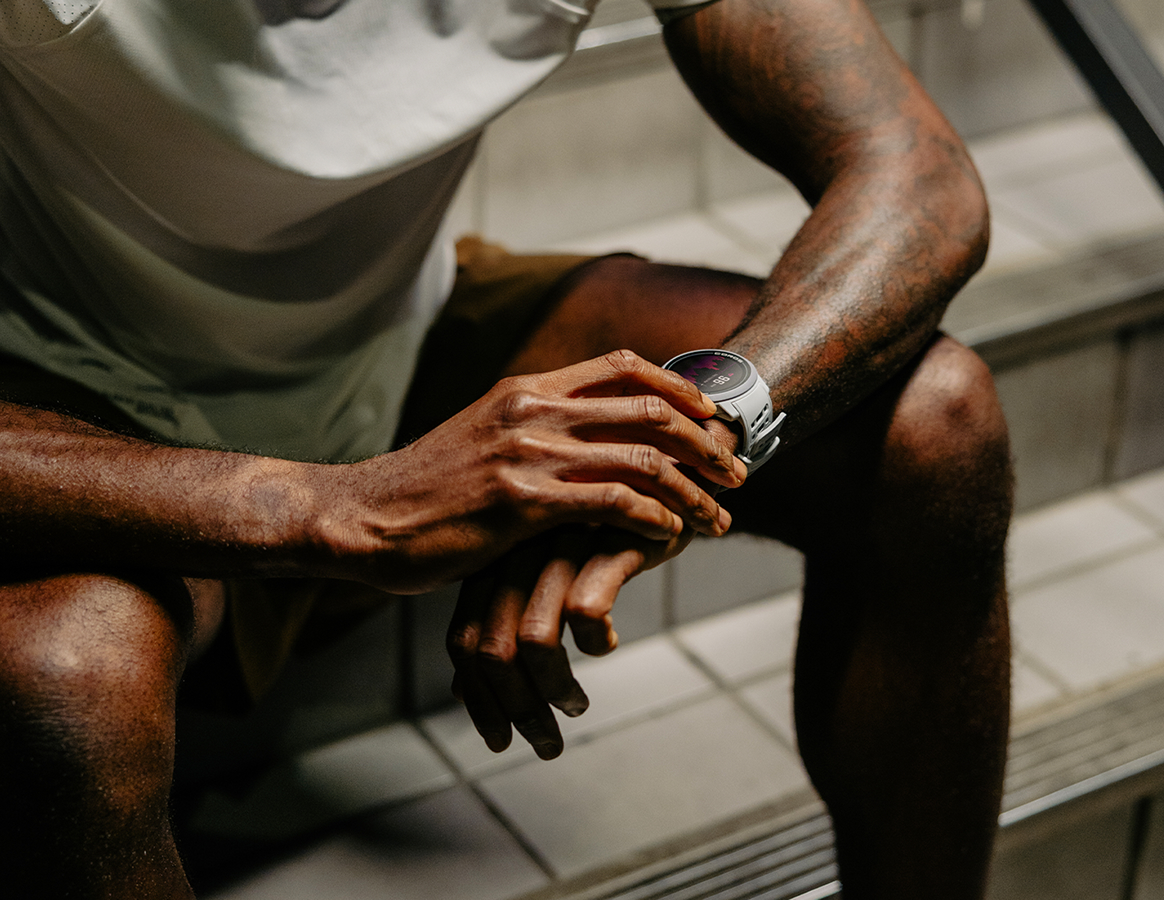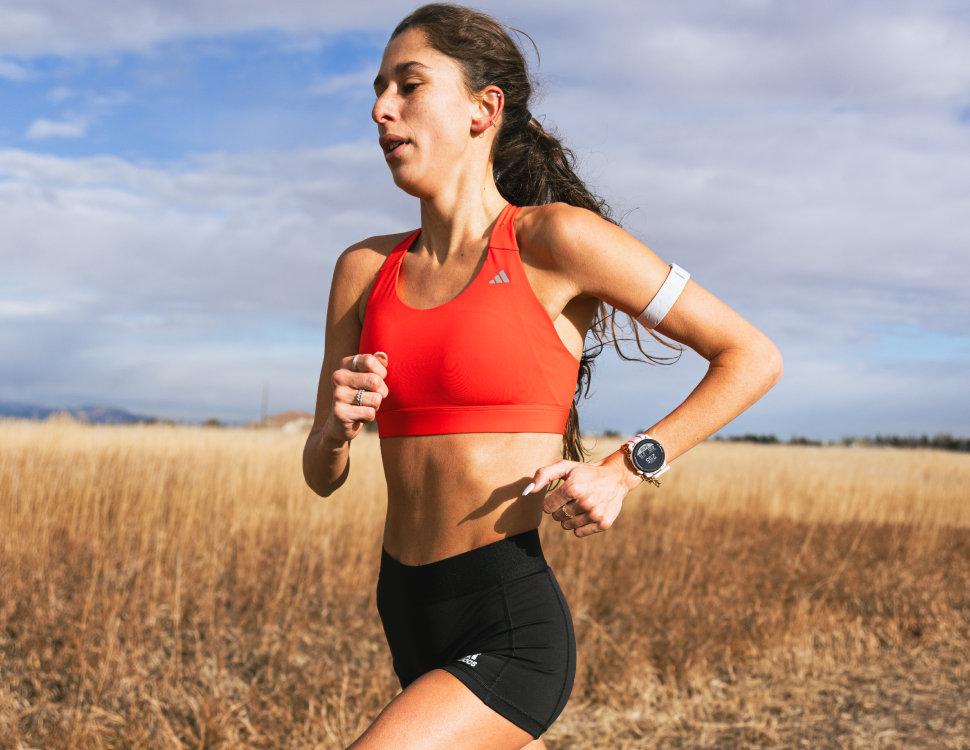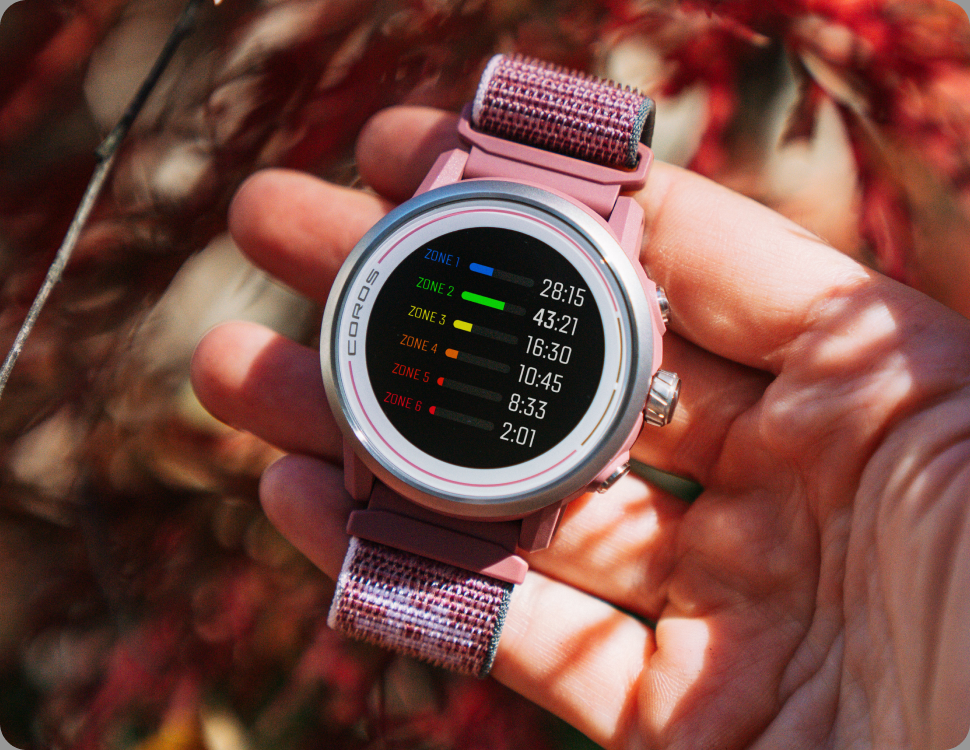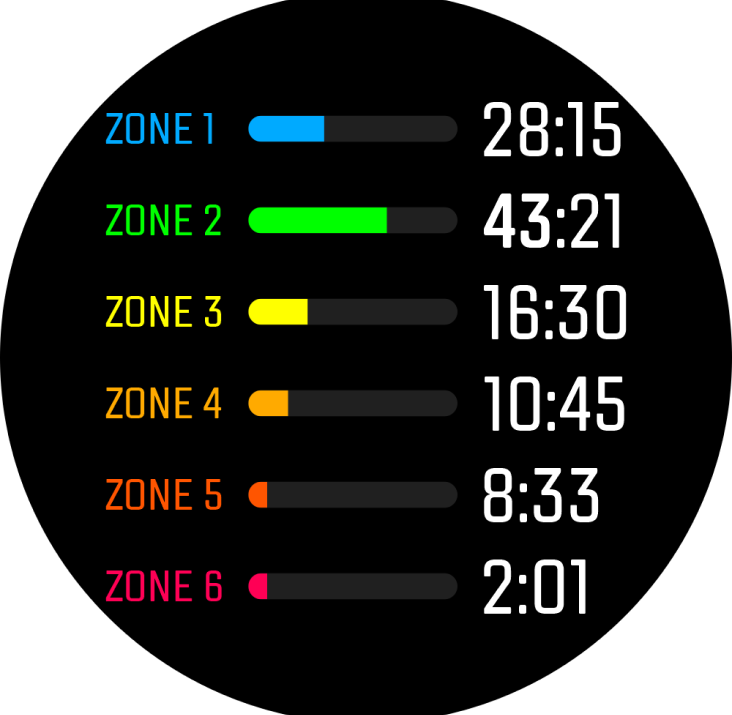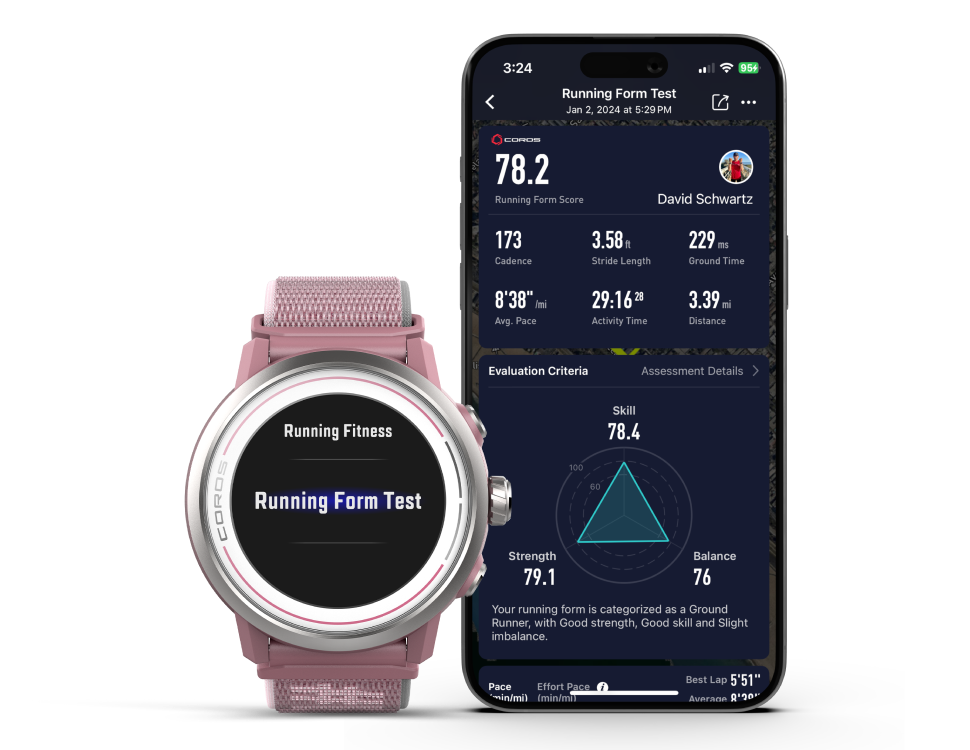The Running Form Test provides some great insights into your running economy and identifies where your strengths and weaknesses are from a biomechanics standpoint. However, those values can sometimes become overwhelming as you are discovering a new component of your running abilities.
Read below to find the comprehensive guide from COROS Coaches how each factor that plays a role in your running economy, a rational explanation of your results, and practical actions to take in order to improve those factors and improve your running form.
Equipment needed to perform the Running Form Test:
- COROS watch (Unavailable on PACE 1, APEX 1, and KIPRUN 500)
- COROS POD (1 or 2)
A Full Analysis of Your Results
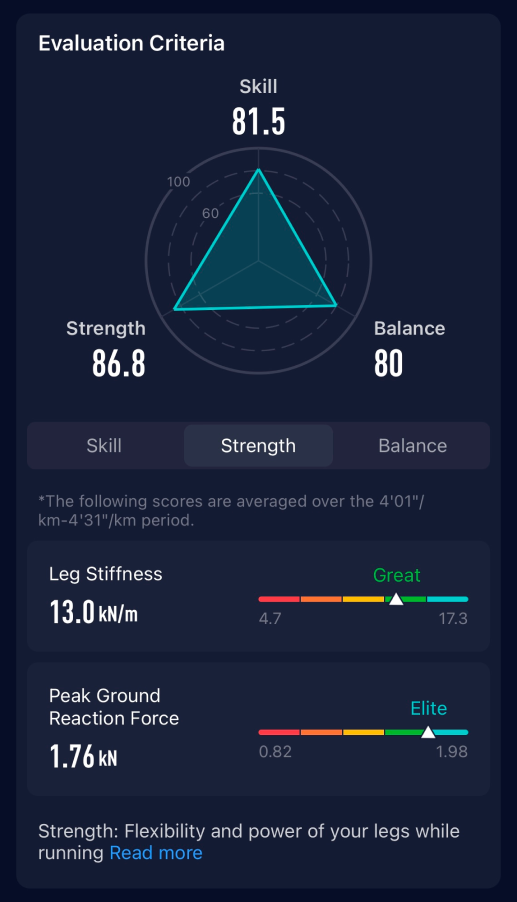
Once you complete the Running Form Test, you will receive an overall Running Form Score, a runner categorization, and 3 unique dimension scores (Skill, Strength, and Balance). While each dimension provides unique and valuable insights on a specific area of your running form, they are all closely related. We therefore suggest focusing on one factor at a time to be more efficient while training.
Are the value ranges fixed or personalized? The value ranges are personalized to runners with similar abilities and physical characteristics. You can compare your absolute values with friends, but the test interpretation may be different depending on your running abilities. Keep this in mind as you are going through the list below, since you may have different value ranges.
Ground Time
This factor reflects how much time (in ms) your foot spends touching the ground during each stride. Ground Time is a great indicator of your lower body movement efficiency.
Low Score Explained
A low score (high ground time) means that your feet have a hard time jumping quickly from one step to another, which is in direct relation to your power ability as a runner. A low score (high ground time) is not dangerous, but only leads to inefficiency in your running form.

How To Improve
To improve (or decrease your ground time), make sure to focus on smaller, quicker steps during your easy runs while maintaining a constant pace throughout. Practicing this will get your legs used to moving around more quickly and help you reduce your ground time. Additionally, plyometric exercises are a great addition to your training to improve your power ability. Here is a plyometric workout example:
Landing Angle
Landing Angle refers to the location of your foot compared to your center of mass when it touches the ground.
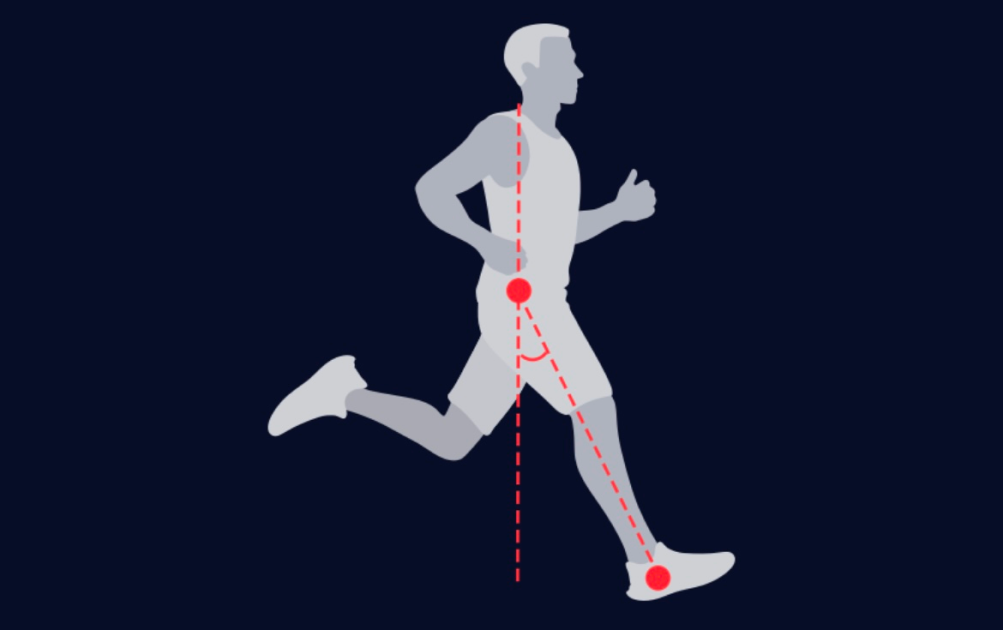
Low Score Explained
A low score means that your foot is touching the ground far away in front of you compared to below your center of mass. A high landing angle can eventually lead to overused joints and achilles injuries.

How To Improve
It is possible to easily improve your landing angle by leaning forward as you are running. By doing so, your feet will have no other choice but to touch the ground closer to your body to prevent you from falling. Smaller, quicker steps can also facilitate the process of improving your landing angle.
Stride Ratio
Stride Ratio refers to your stride height divided by your stride length, in percentage. This value highlights how much vertical bouncing you do per distance covered on foot.
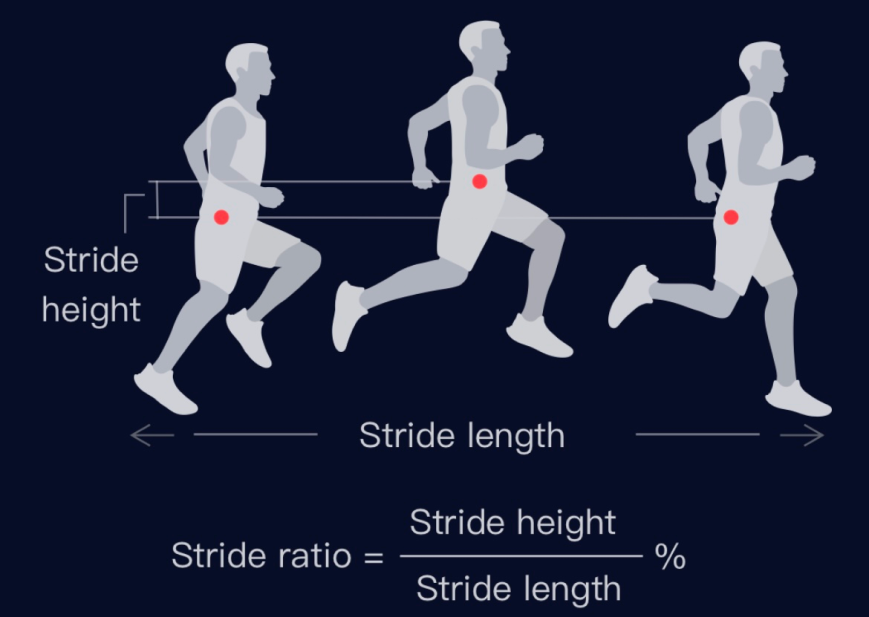
Low Score Explained
Your score would be best explained through an analogy. If you want to throw a ball as far as possible, where will you aim in the sky? If you aim too high or too low, the ball won't go as far right? The same applies to your strides. Based on your own characteristics, there is an ideal stride height to get your body as far as possible, which we refer here as stride ratio. A high stride ratio means you are not 'aiming in the right direction in the sky'. A high stride ratio is not dangerous, but indicates your body may be using too much energy battling against gravity when running.

How To Improve
Since both components are closely related and work together in your effiency to battle gravity while running, leaning forward while running will naturally propel your center of mass forward instead of upward, leading to a more economical movement. Additionally, improving your strength dimension below will also directly improve your stride ratio by making you more efficient with every step.
Leg Stiffness
Leg Stiffness is the ratio between your Peak Ground Reaction Force and the amount of leg compression you experience when landing, defined as kN/m. It is a great indicator of how strong and reactive your lower-body tendons are when running so they can absorb more energy and lower injury risk.
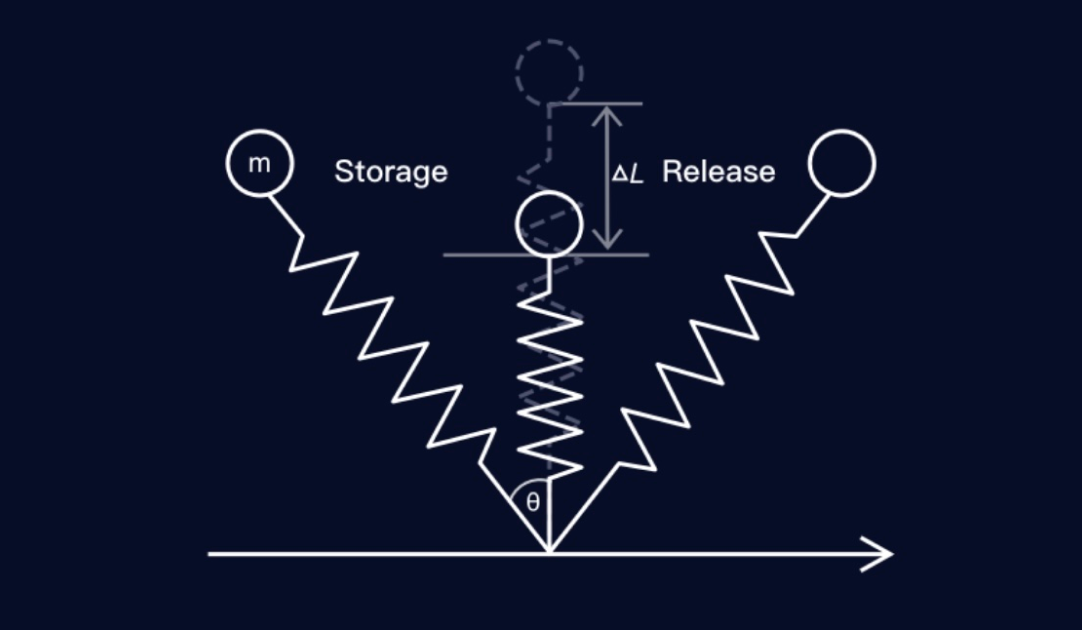
Low Score Explained
A low score means that your skeletal structure (bones, tendons, and ligaments) are not strong enough to have a key role in running. If strong enough, tendons can play a role and transfer some of the energy back to your next stride, limiting the amount of added energy you require to move forward. Low leg stiffness can lead to tendon and ligament overuse and eventually to injury.

How To Improve
Hypertrophy training is the best method to improve your leg stiffness. Essentially, any exercise that lasts at least 40-45sec (per set) and is relatively demanding for your muscles will help improve your hypertrophy capacity. Here are some strength routines that can easily be used as hypertrophy.
Peak Ground Reaction Force
When running, you are propelled forward by one foot at a time. This foot has to produce a lot of energy to get you up in the air and further away. Peak Ground Reaction Force shows this energy in absolute value for a single foot (in kN). It is a great indicator of overall lower-body strength.
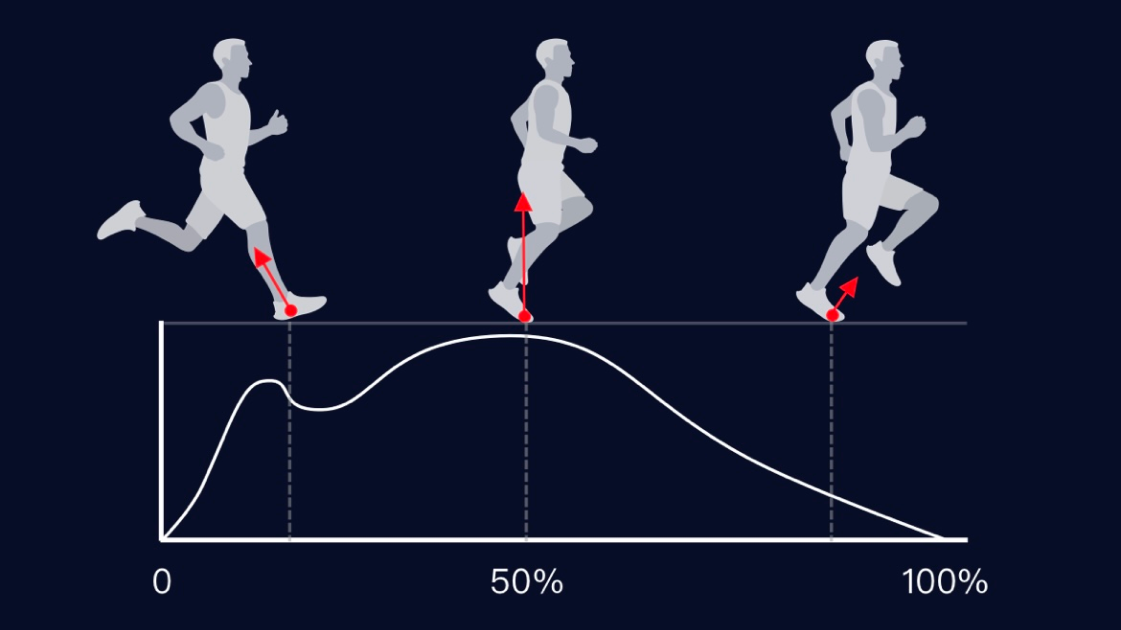
Low Score Explained
A low score is directly related to your lower body strength and means that your legs could use some strength to support your body while running. While a low vertical ground reaction force is not dangerous, it could eventually lead to overuse injury if certain areas are being used more often than the amount they can sustain.

How To Improve
General strength training will greatly improve this area and indirectly lead to improvement in other areas as well. Here are some specific strength routines that can be used to improve this area.
Balance
Balance looks at the symmetry between your left and right foot by comparing single-leg ground contact time. Uneven terrain or injuries are common reasons why we may see an uneven L/R Balance. It is a great indicator of lower-body health and can be used to monitor an injury.
Low Score Explained
A high % (or high imbalance) means that you are using one leg more than the other consistently when running. If you have a high imbalance, you should make this your priority as it can more easily lead to injuries compared to the other factors.

How To Improve
First, identify which leg you spend more time on during your running stride, then ask yourself if any previous injury, surgery, or other unexpected situations may lead to this imbalance. If it is related to a unique event, then work with professional specialists (physicians, physiotherapists, etc.) on a specific 'return to training' protocol. If you are unable to relate your imbalance to any event, then we suggest focusing on single-leg exercises and eccentric training to reduce your imbalance effectively. Here are some specific single-leg workouts to incorporate into your training routine.
/fit-in/0x18/coros-v2/images/common/logo_black.png)
